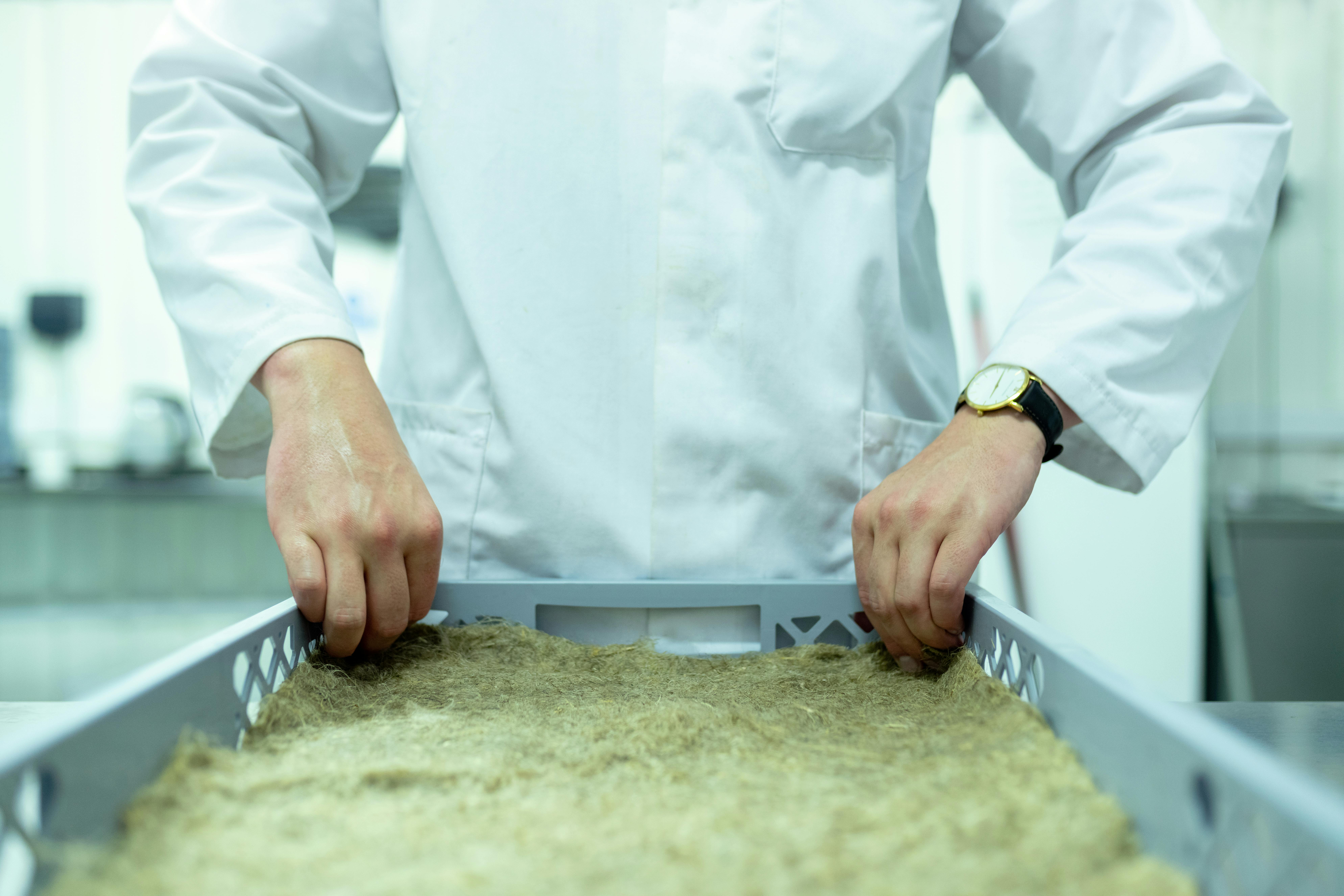From Traditional to Sustainable: How World Farmers Embrace Aquaponics
- 12/10/2023
- 1204 Views

Photo by Karolina Grabowska on Pexels
From Traditional to Sustainable: How World Farmers Embrace Aquaponics
Introduction
Agriculture has been a vital part of human civilization since its inception. However, with the increasing strain on natural resources and growing concerns about climate change, traditional farming methods are facing challenges. In search of sustainable alternatives, farmers around the world are turning to aquaponics, an innovative and eco-friendly farming technique. Aquaponics combines aquaculture (fish farming) with hydroponics (soil-less plant cultivation) to create a mutually beneficial system. Let's explore how this technology is transforming the way we grow food.
The Basics of Aquaponics
In an aquaponics system, fish are reared in tanks, where their waste produces nutrient-rich water. This water is then circulated to grow beds, where plants are cultivated using hydroponic techniques. The plants act as natural filters, absorbing the nutrients from the water, which is then returned to the fish tanks, creating a self-sustaining ecosystem. It's a closed-loop system that minimizes water usage and eliminates the need for synthetic fertilizers.
Advantages of Aquaponics
Aquaponics offers several benefits over traditional farming practices. Firstly, it significantly reduces water consumption compared to conventional agriculture, as water is continuously recirculated within the system. Additionally, this method eliminates the need for chemical fertilizers and pesticides, making it an organic and environmentally friendly approach. Aquaponics plants grow faster and yield higher harvests than their soil-based counterparts, thanks to the constant availability of nutrients. This efficiency allows farmers to maximize productivity in smaller spaces, making it ideal for urban settings or regions with limited arable land.
Aquaponics Goes Global
The adoption of aquaponics is not limited to a specific region. Farmers from all corners of the globe are exploring this technique to ensure a sustainable and reliable food source. In areas with water scarcity, like Australia and parts of Africa, aquaponics provides a way to grow food using minimal water resources. These systems have also gained popularity among urban farmers in cities like New York, where rooftop aquaponic farms utilize unused airspace to cultivate fresh produce.
Aquaponics is not only transforming small-scale farming but has also garnered attention from commercial agriculture. Large-scale aquaponic farms are being established, producing a wide range of vegetables, herbs, and even fish in a sustainable manner. The ability to grow food locally and year-round makes aquaponics a compelling solution to the challenges of long-distance transportation and seasonality.
In Conclusion
The global embrace of aquaponics by farmers showcases the potential of sustainable farming practices. By combining aquaculture and hydroponics, this technology offers a scalable and environmentally friendly solution to food production. Aquaponics not only conserves water and eliminates the use of chemicals but also reduces the carbon footprint associated with traditional farming. As more farmers recognize the benefits of this innovative technique, we can move towards a more sustainable and self-sufficient food system.


